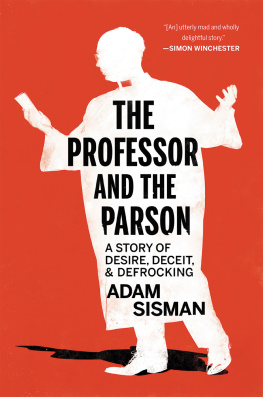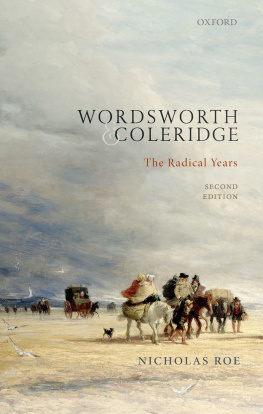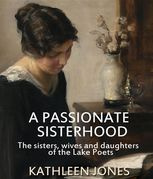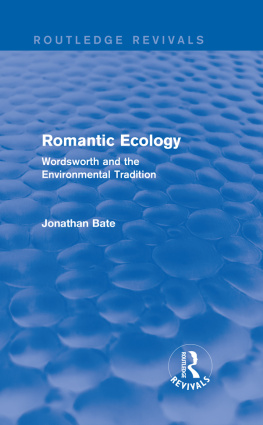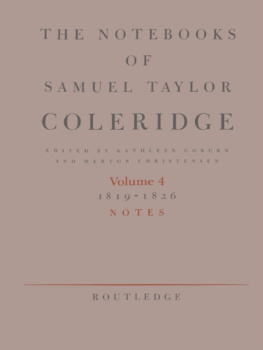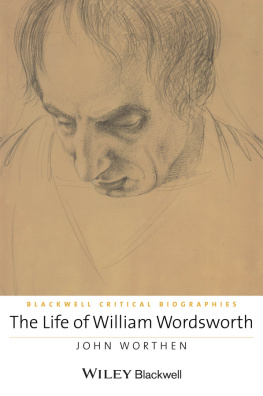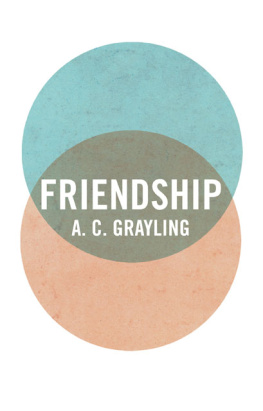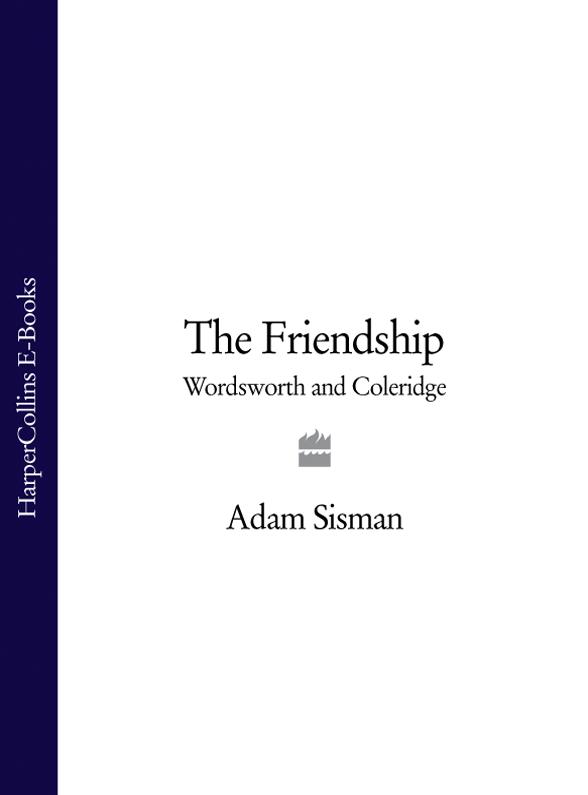
To George Misiewicz
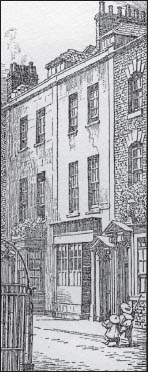
The Bristol lodgings shared by the Pantisocrats for most of the year 1795.
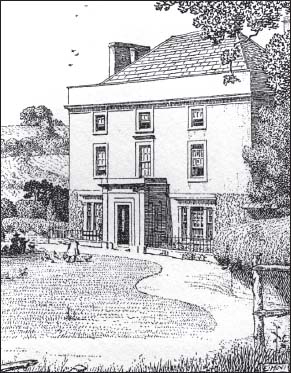
Racedown Lodge in Dorset, occupied by Wordsworth and his sister Dorothy from 1795 to 1797.

Our little hovel: home of the Coleridge family from the end of 1796 until the middle of 1799. The cottage was located on the edge of Nether Stowey, in the foothills of the Quantocks.
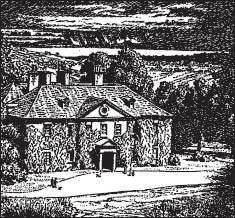
Alfoxden Park, on the northern slopes of the Quantocks, rented for 24 per annum by William and Dorothy Wordsworth in the year 179798.
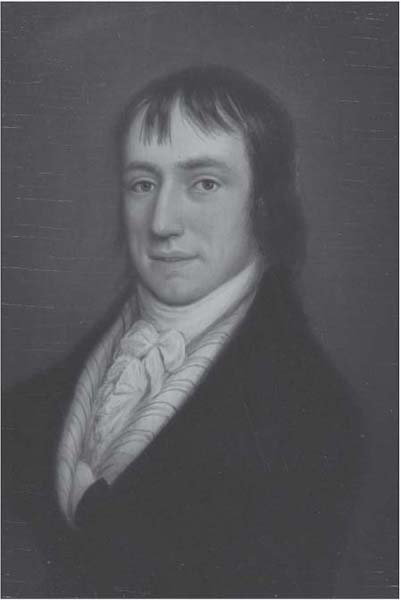
The first authenticated portrait of Wordsworth, showing the poet at the age of twentyeight, painted during the time when he was living in the Quantocks and collaborating with Coleridge on Lyrical Ballads. It was commissioned by the publisher Joseph Cottle from a local artist, William Shuter. The bent arm with the hand lodged in the coat front, in the style later made famous by Napoleon, was said by Leigh Hunt to have been habitual with Wordsworth.
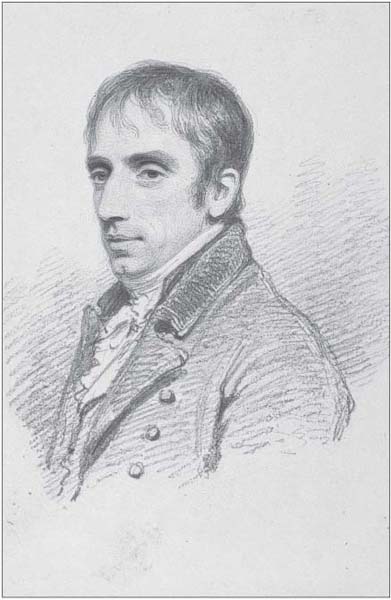
A more assured and perhaps more self-contained Wordsworth, aged thirty-six, then arguably at the height of his powers. This drawing by the fashionable artist Henry Edridge was one of two commissioned by Wordsworths friend and benefactor Sir Charles Beaumont, and probably idealises his features.
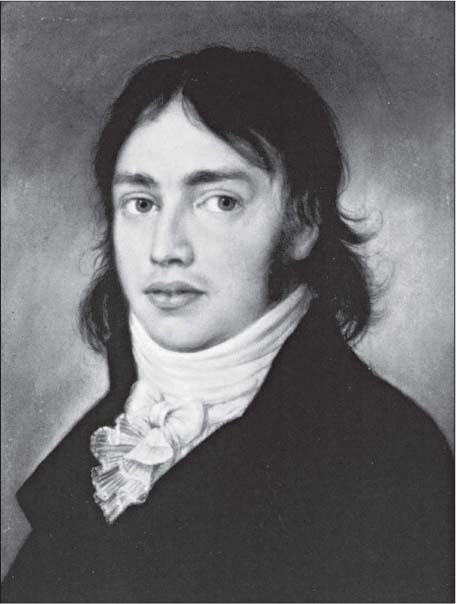
He is pale and thin, has a wide mouth, thick lips, and not very good teeth, longish loose-growing half-curling rough black hair His eye is large and full, not dark but grey He has fine dark eyebrows, and an overhanging forehead. Dorothys description of Coleridge aged twenty-four, on their first meeting in 1797. This portrait was painted the following year, by an unknown artist in Germany.
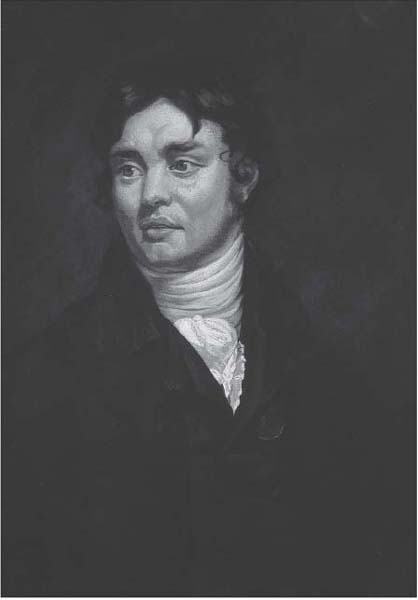
His eyes were large and soft in the expression; and it was from their peculiar appearance of haze or dreaminess, which mixed with their light, that I recognised my object. Thomas De Quinceys description of Coleridge on first meeting him in 1807. This portrait was painted three years earlier, and shows Coleridge at the age of thirty-one, noticeably plumper than in earlier portraits and by then addicted to opium. It was commissioned from James Northcote by Sir George Beaumont and executed early in 1804, shortly before Coleridges departure for Malta.
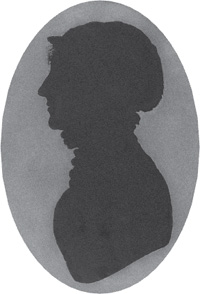
Silhouettes of Dorothy Wordsworth

made in 1806, when she would have been in her mid-thirties, and of Sara Hutchinson
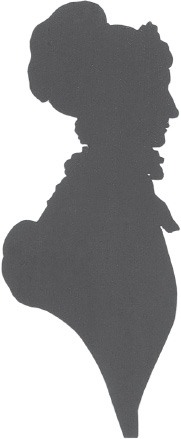
and her sister Mary Wordsworth (left), made in 1827, when both women were in their fifties.
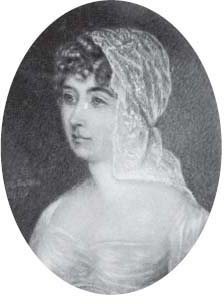
Miniatures of Sara Coleridge (left), made in 1809 when she was in her late thirties, and of Annette Vallon (below left), made at an unknown date.
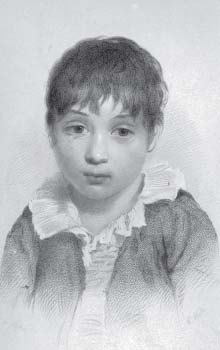
Hartley Coleridge, aged ten: the apple of his fathers eye, and a favourite of the Wordsworths. Both poets envisaged Hartley as an ideal child, exquisitely wild.
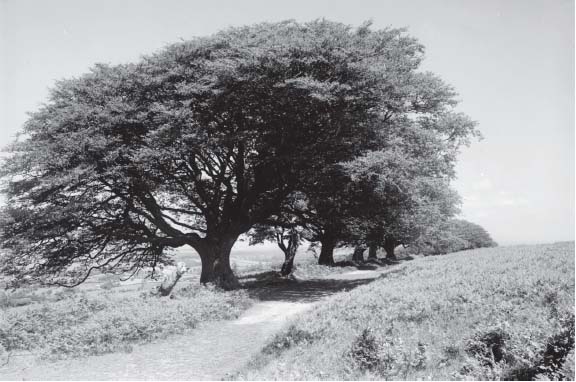
The Great Track over the top of the Quantocks, photographed in the 1930s.
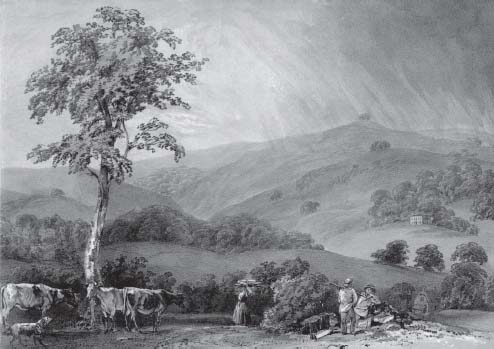
Alfoxton Park by Miss Sweeting, from a book of views published in the 1830s. The house, which can be seen towards the right-hand edge of the picture, sits on the northern slopes of the Quantock Hills, facing out towards the sea.
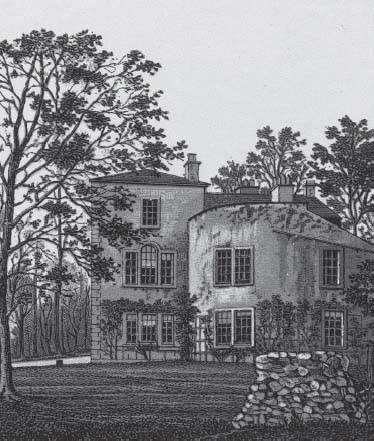
Greta Hall in the 1880s.
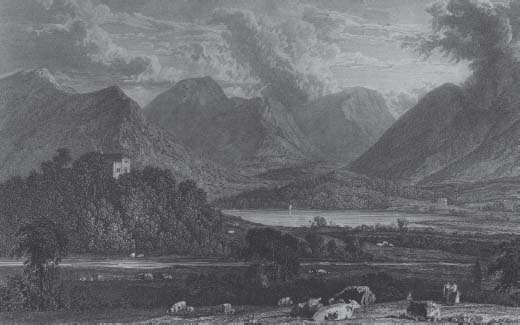
From the Window before me there is a great Camp of Mountains Giants seem to have pitchd their Tents there, Coleridge enthused in one of several letters written on the evening of his first full day in his new home at Greta Hall, on the outskirts of Keswick. The house can be seen on raised ground towards the left of the picture.
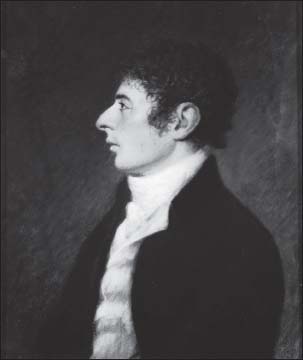
He is truly a man of perpendicular Virtue a down-right upright Republican! wrote Coleridge of his new friend Robert Southey early in 1795. This portrait (above) of Southey by James Sharples was probably painted later in the same year, by which time Southeys youthful idealism was coming under strain.
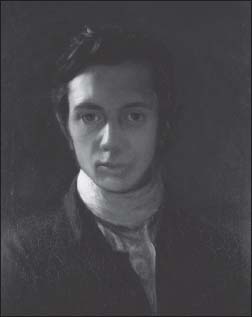
brow-hanging, shoe-contemplative, strange Coleridges description of the young William Hazlitt, then in his early twenties, was written around the time of this self-portrait (left), while Hazlitt was trying to make a living as an artist.
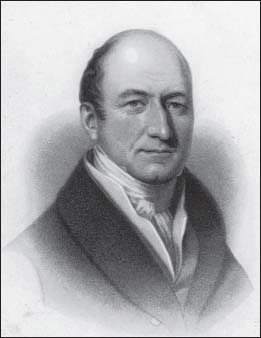
Thomas Poole, radical and benefactor, a steadfast friend to Coleridge: a stout, sensible, kind man with a rubicund complexion and a noticeable West Country burr.
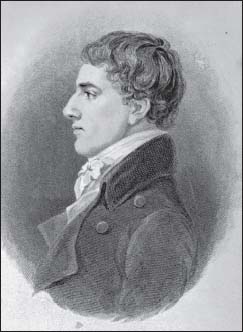
Next page

